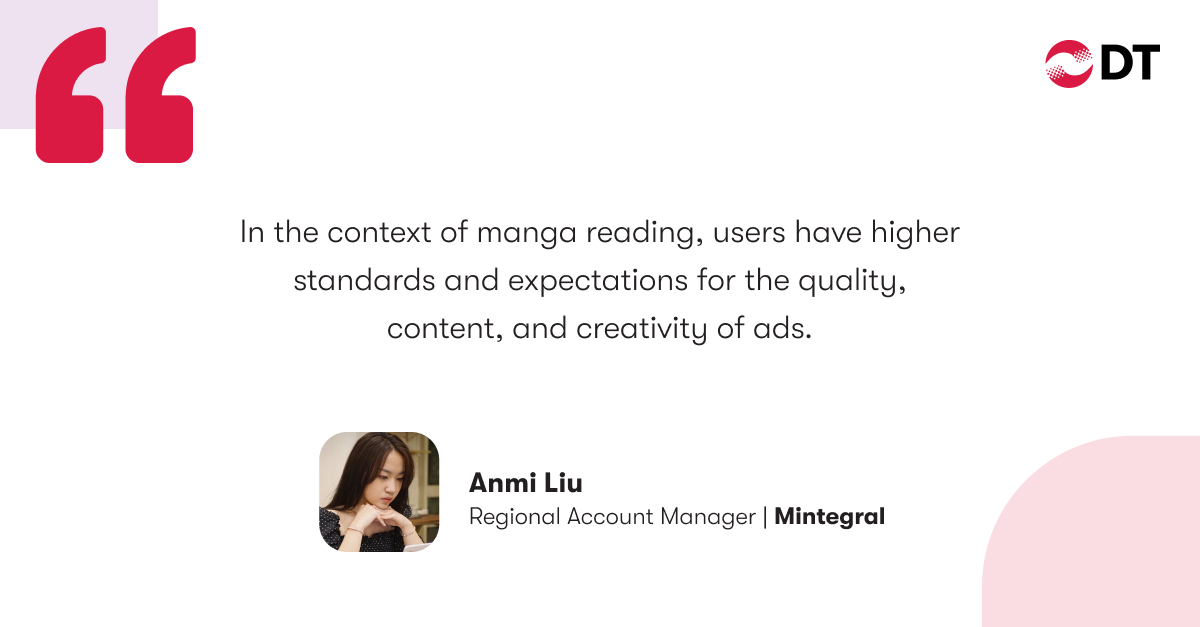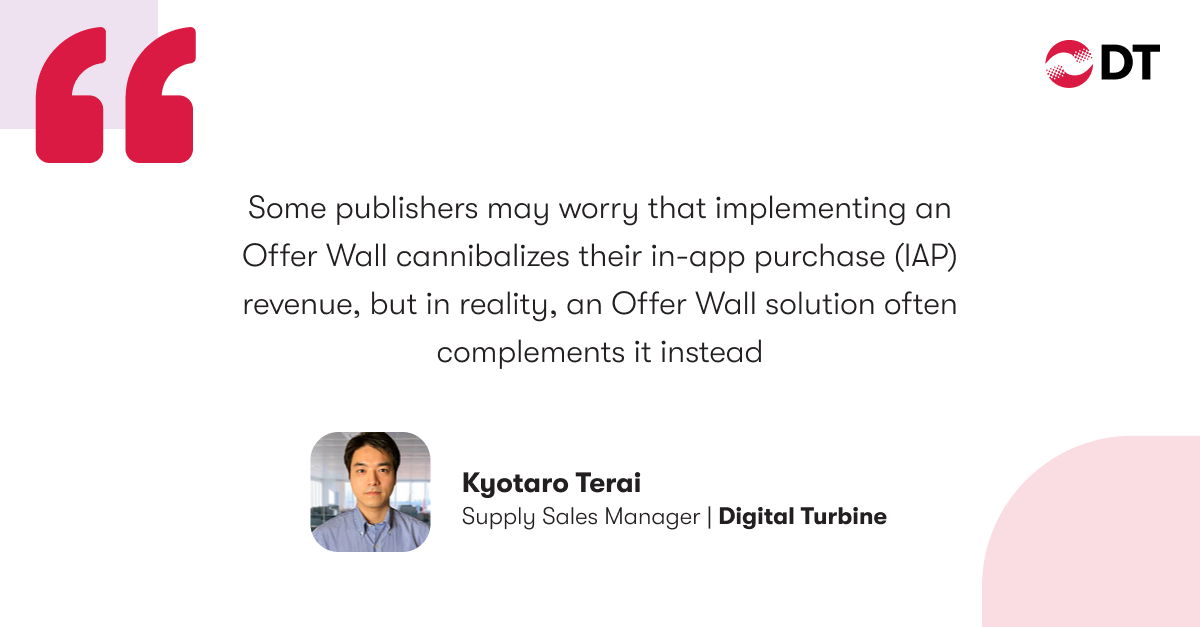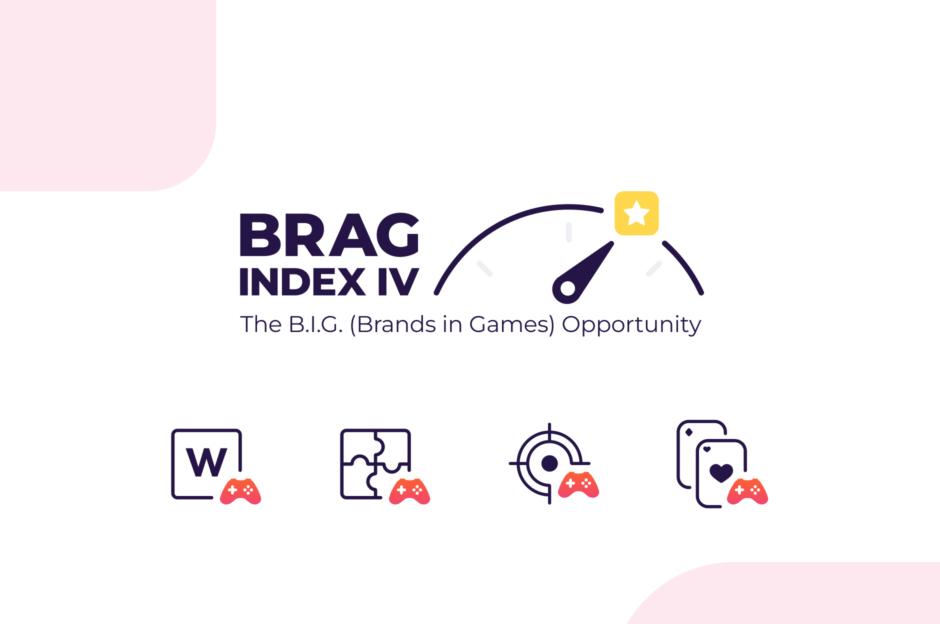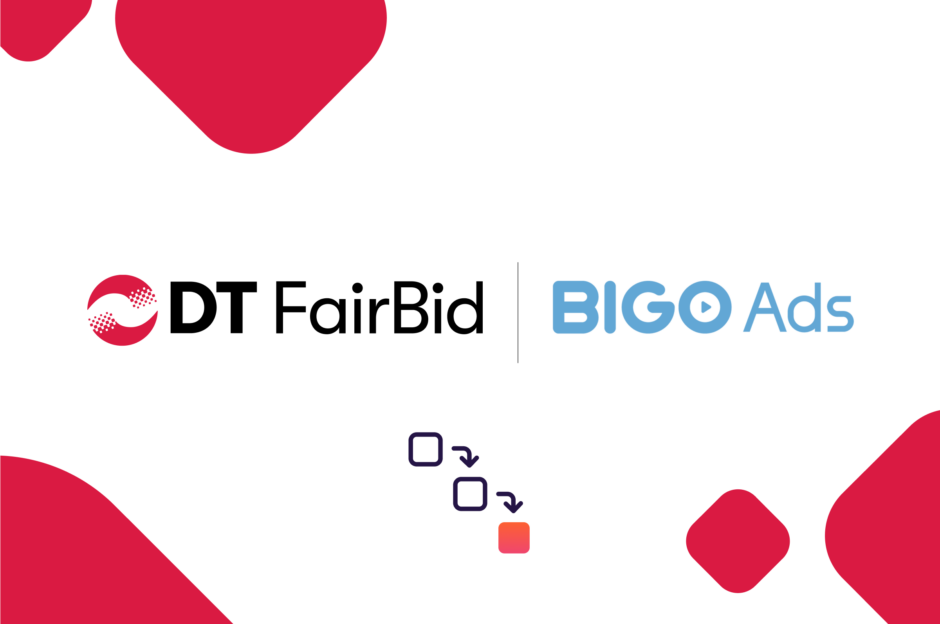Global Opportunities for Manga and Content Publishers: Q&A with Mintegral

Manga is one of the fastest-growing publishing categories, especially in the Japan market. Over the years, we’ve watched the evolution of manga, from its beginnings as black and white paper publications to the colored manga books, and now its digital presence on apps. In this article, we will delve into the world of manga and content publishing, exploring the many opportunities it offers. We’ve interviewed two experts in the field Kyotaro Terai, Supply Sales Manager from Digital Turbine, and Anmi, Senior Account Manager from Mintegral, to get their thoughts on this evolving industry.
- How has the manga and content industry evolved over the years?
Kyotaro from Digital Turbine:
The manga market is poised to grow with a CAGR of 15.4% YoY until 2030, mostly through digital sales, a stunning number in this climate.
And, it isn’t just manga: publishers are reporting strong sales for books from other Asian countries too. South Korean webtoons, such as Solo Leveling and Magical Boy, have also dominated bestseller lists.
While Japan still leads in manga adoption, North America is expected to expand the most, with a CAGR of 22.6%. In 2021, U.S. manga sales saw a significant increase compared to 2020, driven by growing consumer interest in streaming platforms and anime content, offering lucrative opportunities for the regional market.
- What does the app developer and ad monetization landscape in APAC look like?
Anmi from Mintegral:
The global app installation growth rate has slowed, but the APAC region continues to thrive. According to Appsflyer, in the gaming sector, global Android game app installs grew by 8% from 2021 to 2022, while iOS saw a 5% decline. However, the Philippines saw a 30% increase in Android game installations, and Indonesia experienced a 64% growth in iOS game installations in 2022, highlighting the APAC region’s growth-oriented markets.
Monetization in mature and emerging markets varies significantly. In Southeast Asia, the interactive-based video eCPM for iOS stands at $7.78, driven by a large active user base, in contrast to mature markets like North America, Japan, and Korea. Emerging markets hold great potential, with revenue expected to grow as users mature over time, as per TradPlus.

- Why should Manga apps go global?
Kyotaro from Digital Turbine:
Acquiring users in the under-served countries result in better Customer Acquisition Cost (CAC), as these are usually countries with large populations too. Opening new markets generates revenue positively, and helps the publishers to effectively mitigate the risk of revenue loss due to geo-specific economic factors easily.
Although going regional would mean more localization and having to adapt content to suit the tastes and preferences of a new market, it can help publishers in terms of app innovation and product. Publishers are able to collect more feedback from a broader and more diverse audience, which they might not get in a local setting. This helps the developers understand the opportunities beyond local market and also sets the app up for better and more far-sighted product development as the app and company mature.
- What are some key nuances to note when going global, and going after audiences in the rest of the world?
Kyotaro from Digital Turbine:
In terms of monetizing an app, depending on the model of the publisher, they can stand to gain higher In-app Purchase (IAP) revenue by selling in-app coins with countries that have a higher propensity to purchase content.
If IAP is not a norm in that country, then publishers can still stand to monetize their apps with In-app advertising (IAA) revenue or via subscription models. Subscription models have gained traction alongside the popularity of streaming apps, especially in the Western parts of the world. This model continues to be rare in Japan, which publishers can consider when thinking about monetisation.
Another option would be to include an offer wall within the app, which allows users to perform an action (usually to watch video ads) to gain in-app coins, which they can then use to purchase content. Instead of continuing with the paid content model, you can localize the monetization model and adapt it to the cultural norms of the country to allow for the most effective monetization strategy.
- How is the manga and content app landscape special in Japan as compared to other parts of the world?
Anmi from Mintegral:
Benefiting from its rich culture and consumption habits of manga, Japan stands as the most pivotal market for manga apps worldwide. This significance is manifested in its monetization revenue. According to SensorTower, Asia emerges as the highest revenue-generating market for e-reading and manga apps, with over 66% of revenue share. Notably, Japan contributes the highest portion, accounting for 46.5% of this revenue.
Even though two Korean companies take the top two spots of the Japanese manga app market, Piccoma and Line manga, Japanese publishers have increased their focus on mobile applications in recent years. Simultaneously, new products from domestic Japanese developers constantly emerge, indicating that the popularity of IPs continually helps them seize new users on the market.
Moreover, manga apps in the Japanese market boast high penetration across all age groups. The userbase encompasses not only young users with a keen interest in the latest titles but also middle-aged and elderly users who revisit classic titles. Consequently, these users are more inclined to interact with products of interest and engaging advertisements. Manga apps naturally possess a higher user conversion rate than other app categories, lending themselves well to commercialization through advertising.

- With such different landscapes, how can publishers adapt in-app monetization for different audiences (Japan versus the rest of world)?
Anmi from Mintegral:
When targeting Japanese users, developers must acknowledge that they constitute an exceptionally high-quality userbase. As mentioned earlier, these users exhibit a strong willingness to pay, coupled with high lifetime value (LTV). Therefore, in the context of manga reading, users have higher standards and expectations for the quality, content, and creativity of ads. Developers need to carefully select ad formats that seamlessly integrate with the app’s layout and design style, avoiding disruption to the user experience.
To prevent interruptions to the user journey, Mintegral recommends that developers strategically deploy ad placements based on user behavior paths and habits. In Japanese manga apps, Mintegral has found that interactive videos and banners (especially MREC) demonstrate high click-through rates and monetization effectiveness. Particularly noteworthy are interactive video ads triggered by user-initiated actions, as they effectively balance user experience and advertising revenue. Therefore, appropriately configured ad formats and placements not only maintain ad experience but also enhance user retention, mutually boosting efficiency. Manga app developers should prioritize user experience to maximize monetization results.
- What can manga and content publishers do to source the right ads for their audiences?
Anmi from Mintegral:
Developers aiming to maximize monetization revenue from content-based apps should partner with a high-quality partner who understands the industry dynamics and excels in value-added strategies. When choosing ad formats, Mintegral recommends developers to opt for the “Banner + Interactive Video” combination. On one hand, ads like splash screens and landscape banners can effectively fill gaps in user attention, maximizing ad revenue for developers. On the other hand, interactive videos can enhance user engagement without compromising the user experience. With creative automation platforms like Playturbo, developers can build playable ads with ease just in a short time, thereby improving the interactive performance of advertisements.
To ensure user experience, developers need to select high-quality ads that match user preferences based on the product’s user profile and user labels. Mintegral offers customized solutions for ad layout and display frequency tailored to developers’ product attributes and target users’ preferences.
Moreover, continuous A/B testing and integrating in-app bidding can help developers achieve maximum revenue in a more efficient and transparent manner. When optimizing strategies, developers can focus on key elements that impact ad revenue, such as bidding strategies, ad fill rates, and impression rates.
- Final note for the readers! How can app publishers maximize monetisation revenue?
Kyotaro from Digital Turbine:
One of the most commonly asked questions we have from publishers is how they can increase their eCPM. One of our clients was sending ad requests too frequently and not at strategic reading moments to the users, which caused their eCPM to decrease significantly. Upon working with the team to rectify that, and strategically placing the ads in the right format and timing, it has brought their eCPMs back on track!
Some publishers may worry that implementing an Offer Wall cannibalizes their in-app purchase (IAP) revenue, but in reality, an Offer Wall solution often complements it instead.
The Offer Wall not only boosts in-app advertising (IAA) revenue but also lets readers sample the reading experience with coins. It empowers previously hesitant readers by granting them coins, enabling them to enjoy advanced chapters they once had to wait a week for. Interestingly, some readers, after experiencing this convenience, convert to in-app purchase (IAP) spenders, seeking more coins to enhance their reading experience. This makes the Offer Wall solution an unassuming gateway to greater IAP revenue for the publishers too!
About Kyotaro:
Kyo is currently a supply sales manager at Digital Turbine , working with Japanese app publishers to further monetize their in-app economy. His expertise extends beyond app-monetization with his previous experience in working at both an app publisher and a UA tool.
About Anmi:
Anmi Liu is the Japan and Korea Regional Senior Account Manager at Mintegral, a leading programmatic mobile ad platform. She oversees operations for the entire Japanese and Korean markets, providing comprehensive consulting and solutions for monetization and user acquisition. Anmi Liu has previously worked with top gaming companies and possesses extensive market experience in the Japan and Korea region.
Sign-Up
straight to your inbox.





